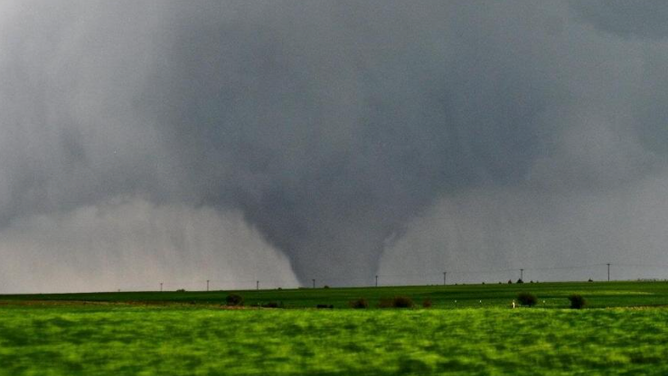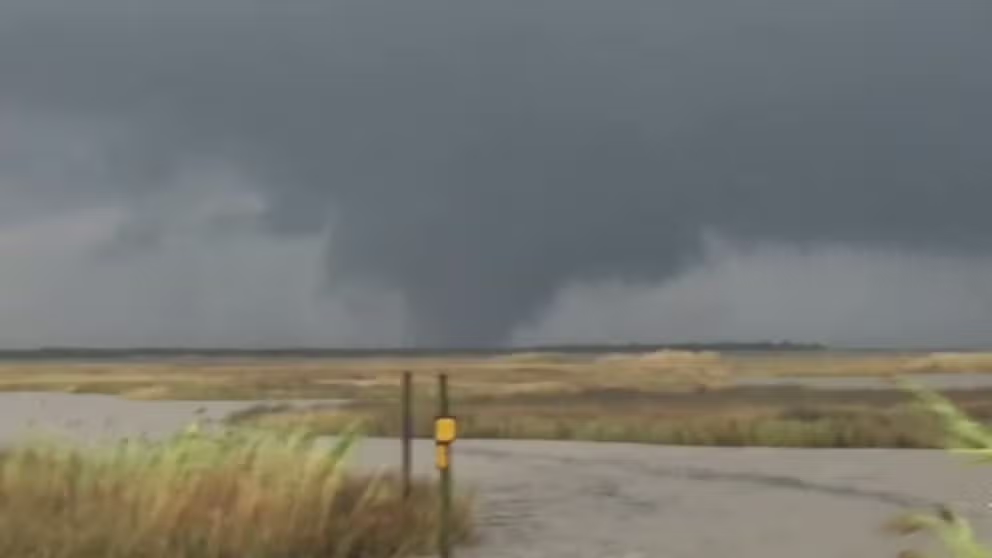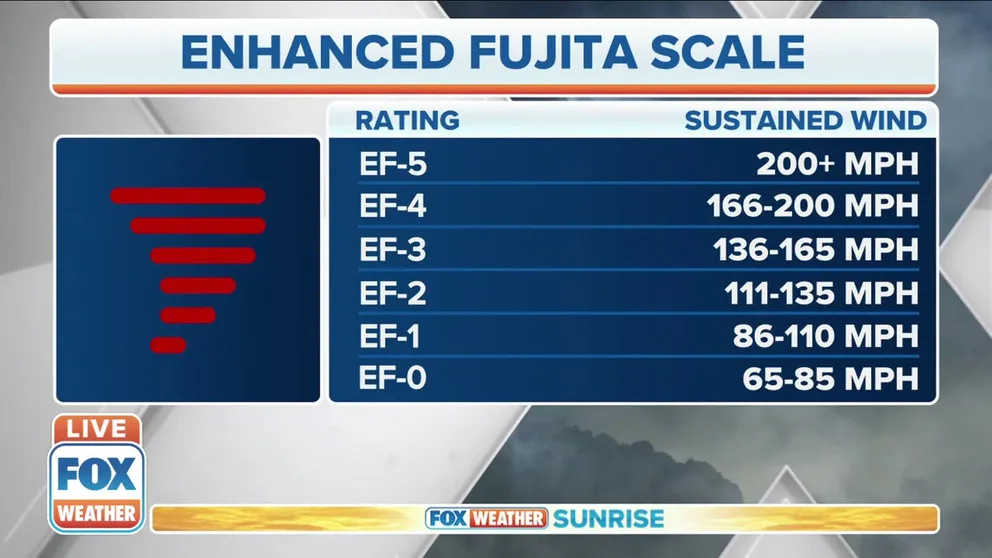What is a wedge tornado?
Some of the most notable and deadly tornadoes in U.S. history have been wedges, many of which produced EF-4 to EF-5 damage.
What is a wedge tornado?
With its menacing appearance and reputation for destruction, the wedge tornado has become one of the most feared.
If you watch FOX Weather coverage of severe weather events, you may hear the term "wedge" when describing a tornado.
With its menacing appearance and reputation for destruction, the wedge tornado has become one of the most feared.
While they may look scary, the term itself has no scientific meaning other than appearance.
"‘Wedge’ is informal storm observers' slang for a tornado which looks wider than the distance from the ground to ambient cloud base," the National Weather Service says.
Video captures massive, multi-vortex wedge tornado near Bridge City, Texas
A multi-vortex wedge tornado was spotted west of Bridge City, Texas, on Oct. 27. Storm tracker @ChrisFLTornado on Twitter shared this video with FOX Weather.
Even when wedge tornadoes are not obscured by rainfall, they can be so enormous that people sometimes mistake them for low-hanging dark clouds rather than tornadoes.
Their ability to hide in plain sight makes them especially dangerous as they can seem to strike out of nowhere, catching people unprepared.
Some of the most notable and deadly tornadoes in U.S. history have been wedges, many of which produced EF-4 to EF-5 damage on the Enhanced Fujita scale.
HOW ARE TORNADOES RATED? THE ENHANCED FUJITA SCALE EXPLAINED
FOX Weather Explains: The EF tornado scale
FOX Weather meteorologists Jason Frazer and Britta Merwin explain the EF tornado scale.
However, not all violent tornadoes appear as wedges, and whether a tornado achieves wedge status depends on several factors other than intensity.
"A tornado's size does not necessarily indicate anything about its strength," the National Weather Service says.

Wedge tornado seen in Kansas.
(Heather Brinkmann/FOX Weather)
True wedge tornadoes are very rare, but when they do occur, major damage is almost always guaranteed.
Violent tornadoes can form quickly, so make sure to download the FOX Weather app and turn on your notifications for alerts about severe weather threats in your area.


